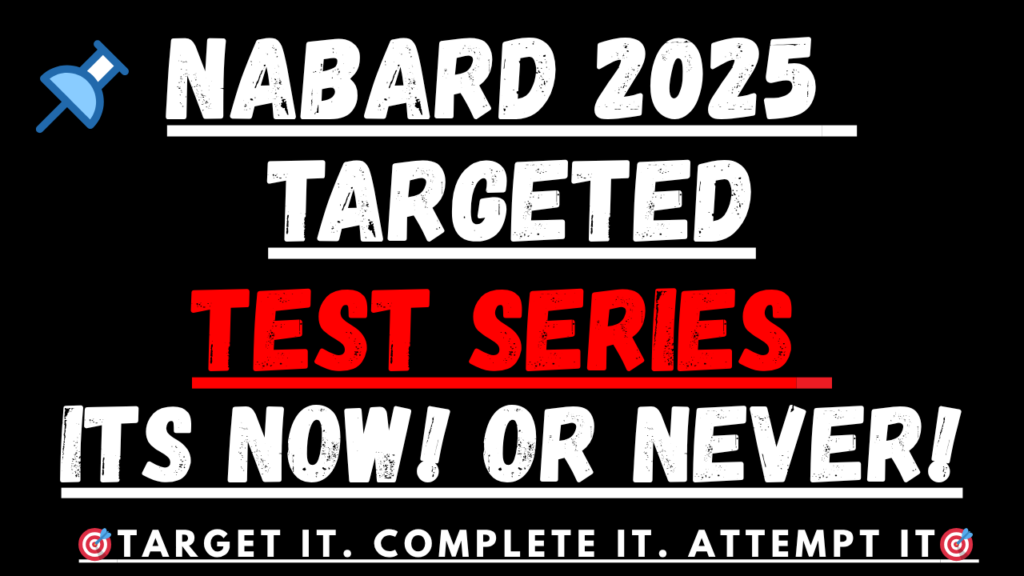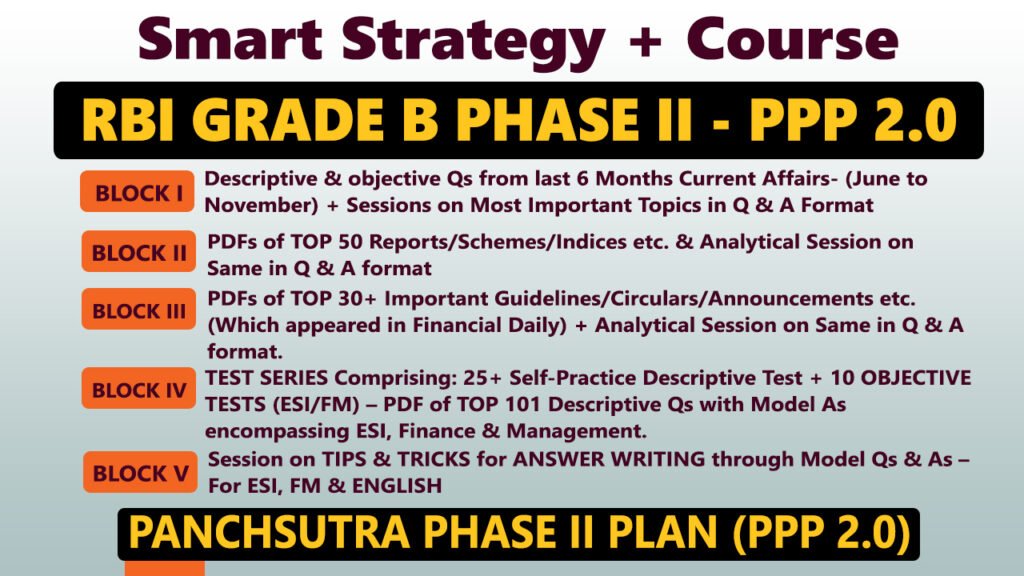What is Asset Monetisation?
Asset monetization refers to the method of converting public assets into sources of revenue-generating without a change in ownership. It seeks to extract economic value from underutilized or unused public infrastructure. Public assets consist of roads, railways, power lines, mobile towers, airports, ports, pipelines, and financial assets.
Difference Between Monetisation and Privatisation?
- Monetization ≠ Privatisation
- Monetisation leverages assets to private players for a given period in a structured framework.
- The government maintains equity ownership, while private players operate and generate income.
- Privatisation refers to transfer of government owned assets to the private sector through sale.
Objectives of Asset Monetisation
- Unleash Public Investment Value
- Improved usage of available infrastructures.
- Productivity of the Private Sector
- Release private funds for greenfield infrastructure.
- Infrastructure Earnings
- So raised money is again invested in greenfield infrastructure.
National Monetisation Pipeline (NMP)
- Launched on 23 August 2021 with an objective of raising ₹6 trillion (FY22-FY25).
- Concentration on brownfield assets existing but not sufficiently utilized infrastructure.
- The government holds the ownership while the private players operate and manage the assets.
- Key sectors of NMP:
- Roads 27%
- Railways 25%
- Power 15%
- Oil & Gas Pipelines 8%
- Telecom 6%



















